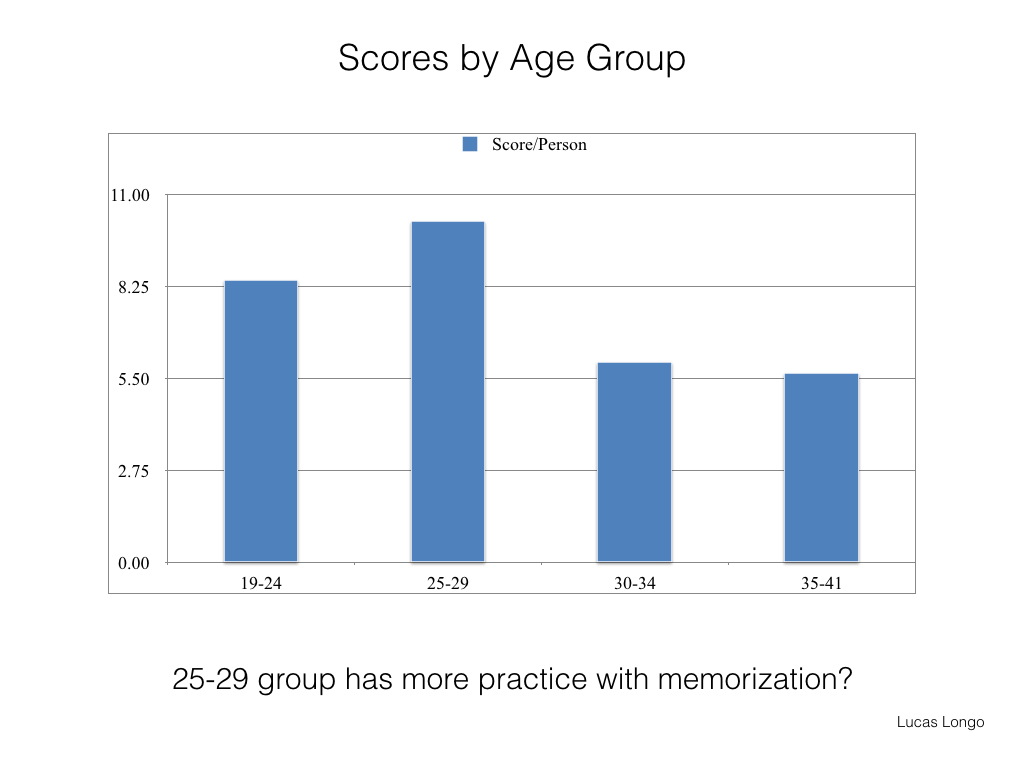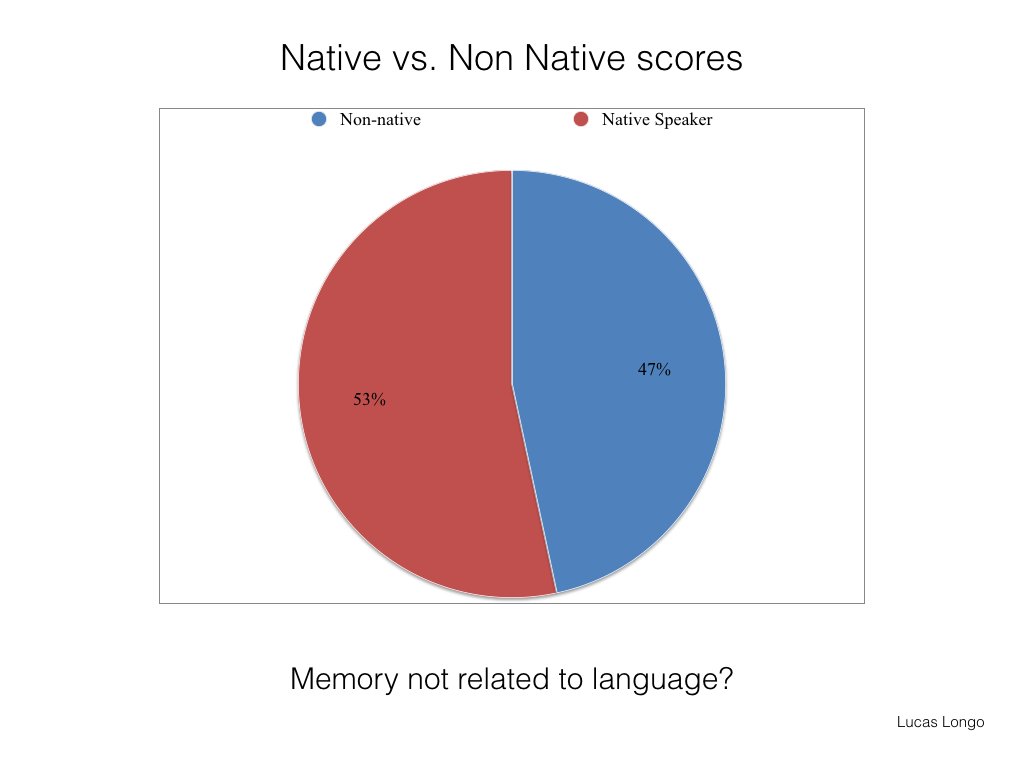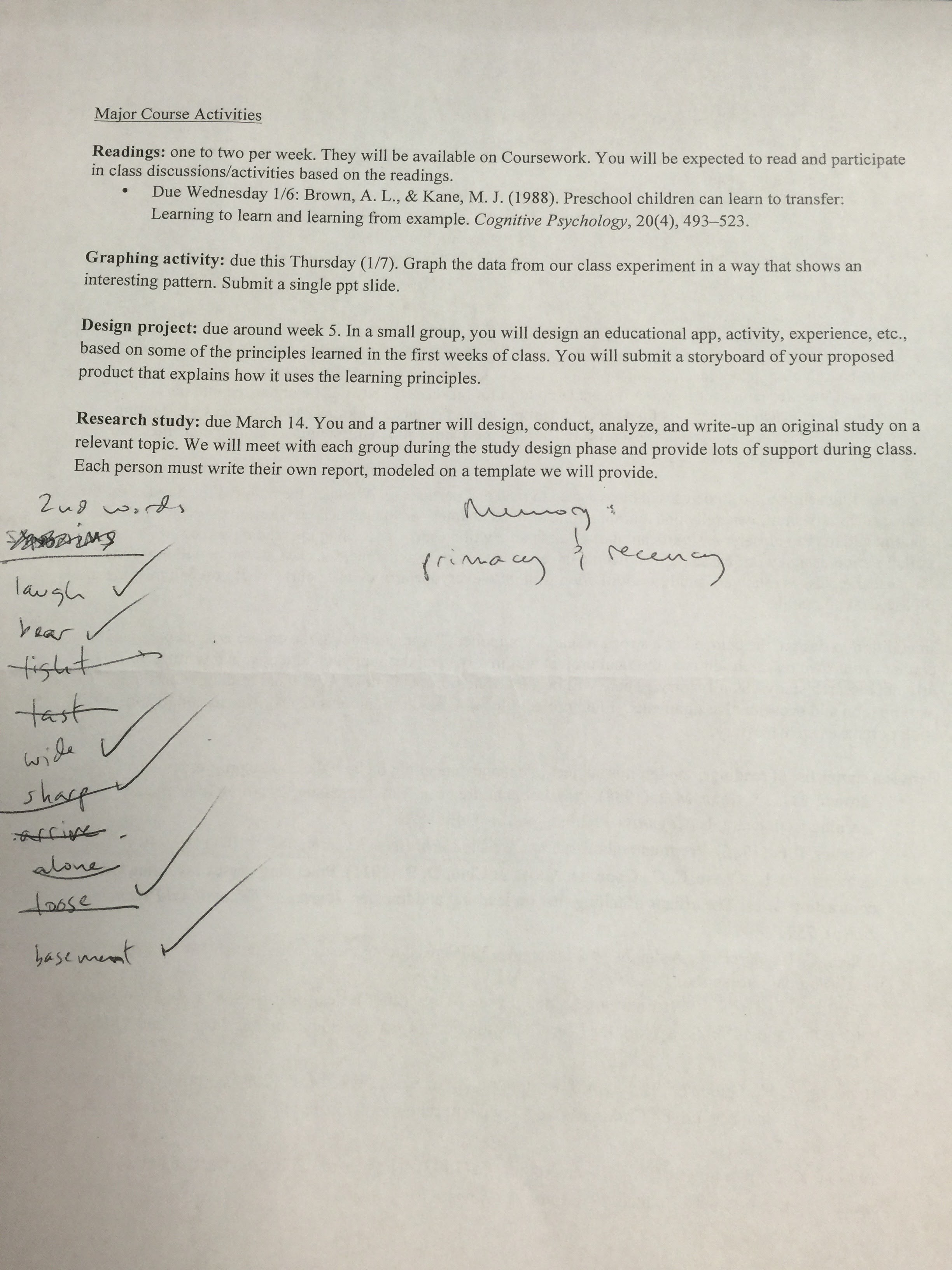Reading
Brown, A. L., & Kane, M. J. (1988). Preschool children can learn to transfer: Learning to learn and learning from example. Cognitive Psychology,20(4), 493-523.
Summary
Studies on how learning can happen through only one or few examples, both for children and machine learning. Explaining the one example leads to greater transfer, vs just looking at the example. Learn by teaching.
“In this series of studies we examined whether young children can abstract a general rule from examples and, if so, whether their learning is influenced by their ability to explain why the concept is an instance of the rule.”
Mental Notes
- Video Games must be an effective way nowadays to test transfer in children.
- Learn by teaching, by explaining – create a schema in your head prodcues learning.
Citations
“Transfer is not automatic but depends upon insight into general principles.”, p.495
“Telling children that problems are the same, without specifying how, is one of the methods that has promoted successful transfer in young children (CrisatI, 1986; Crisafi & Brown, 1986). Therefore, this obvious mention of the common action and of problem similarity should promote transfer if anything would; thus, the hint condition was regarded as a yardstick against which the other manipulations could be measured.”, p.500
“This means that the 3-year-olds show a reliable learning to learn effect only if they are encouraged to reflect on their solutions, either through discussions, instructing Kermit, or explicit prompts to problem similarity.”, p. 501
“Taken together the results of Studies 4 and 5 suggestthat examples are more useful in promoting transfer than the provision of an explicit statement of the general rule.”, p.512
“Taken together, Studies 5, 6, and 7 demonstrate the efficacy of having learners generate explanations of why an example is an instance of a concept.”, p.516
“Exposing children to a variety of transfer experiences teaches them to search for underlying commonalities.”, p.516
“If children spontaneously recall, or elaborate on why an example is an instance of a deeper relational mechanism, or if they are led to such elaborations by probing questions, they transfer readily. Elaborations and explanations provided by the subjects themselvesare more effective in promoting transfer than those provided by the experimenter, an effect reminiscent of the use of self-produced elaborations in adult learning (Reder et al., 1986).”, p.517
“Efficient learners prepare for transfer by engaging in reasoning processes aimed at elaborating knowledge. With experience, efficient learners develop a mind set to regard new problems, not as isolated examples, but as instances of a general class. Efficient learners come to expect what they learn to be relevant elsewhere. Efftcient learners perform thought experiments in which they actively seek out appropriate analogies. In short, efftcient learners understand some of the principles involved in learning and reasoning; they have a greater metaconceptual grasp of the domain ‘ ‘learning. ’ ’”, p.520




